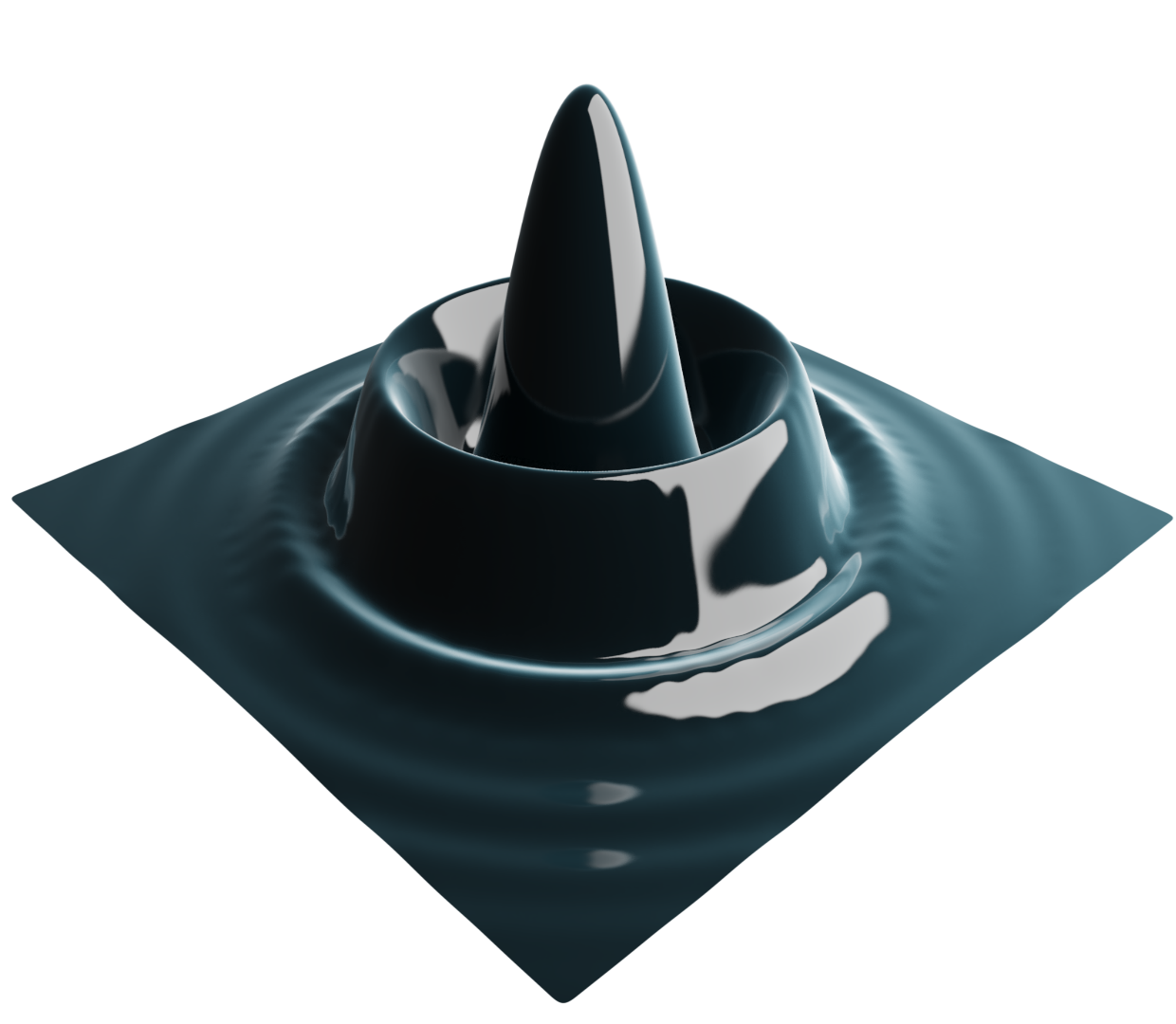Chemical Molar and Mass Fractions
Published:
It is common when growing single crystals to use compounds which contain an element of interest, rather than using the pure element on its own. For example, copper in the form of CuO is often used instead of pure elemental copper, and fluorine is often used in the form of FeF2 rather than dangerous fluorine gas. When using compounds rather than elements, it is useful to know the relative mass fraction of each element to calculate the mixing ratios needed to grow a particular crystal.
Below is a calculator that takes a chemical formula as an input and returns the molar and mass fractions of its elemental and binary components. The calculator allows one to change the moles/weight of any component and see what total weight of the compound is needed as well as the relative moles/weights of the other components. For example La2CuO4 contains the elements La, Cu, O and binary components La2Cu, La2O4, and CuO4. Using this calculator, one can easily answer the question of how many moles (or grams) of La2CuO4 are needed to supply a certain number of grams of Cu metal.
It should go without saying that this type of calculation is completely trivial, but a making a simple arithmetic mistake in such a calculation could completely ruin a reaction (and it happens more often than people would like to admit!). This calculator was requested by my good friend and crystal grower Mohamed Oudah.
Some notes about the calculator:
- Elements in the chemical formula must be separated by spaces. So, one should enter BaFe2As2 as “Ba Fe2 As2”, not “BaFe2As2”.
- Parentheses cannot be parsed. So, enter (H2O)2 as “H4 O2”, not “(H2O)2”.
- Both integer and non-integer subscripts are valid, which means non-stoichometric compounds are acceptable.
- Repeated elements are acceptable, but they will be added together.
- When in mole mode, the moles of all binaries are the same because they are exactly equal to the moles of the full compound.
